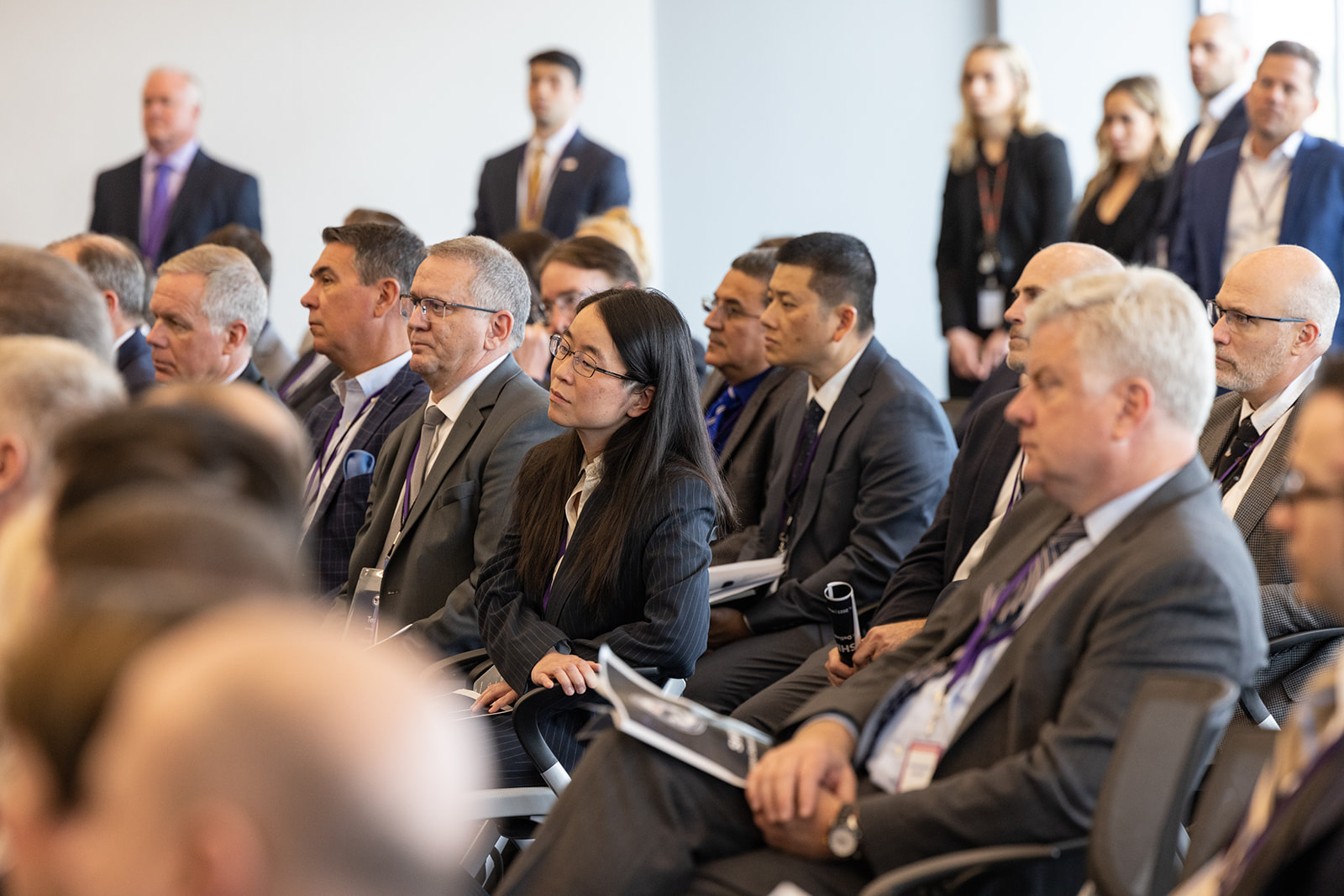Off-the-Shelf, On Target: Leveraging OTA Flexibility to Meet DoD Demand
In 2021, the Neptune project was awarded to Epiq Design Solutions, D-TA, and Lockheed Martin to develop a prototype subminiature Radio Frequency (RF) signal processing payload subsystem for integration into a maritime system of expendable, unmanned systems. Neptune was down-selected to Epiq Design Solutions, a non-traditional defense contractor (NTDC), to develop custom test assets for successful integration into various DoD programs.

The Challenge
The Office of Naval Research (ONR) was seeking a prototype subminiature RF signal processing payload subsystem for integration into a maritime system of expendable unmanned systems. This system needs to be flexible to handle an array of RF signals using a limited set of hardware. ONR needed a wideband transceiver that could be reprogrammed and reconfigured as needed.
ONR needed a flexible solution that would allow for solution modifications without any stoppages in work. Since Federal Acquisition Regulation (FAR)-based contracting does not allow modifications to agreements, ONR needed a non-traditional solution.

The Solution
ONR selected the Strategic and Spectrum Missions Advanced Resilient Trusted Systems (S²MARTS) Other Transaction Authority (OTA) to construct a custom, modifiable contract. The contract was comprised of four phases, with a down-selection at each phase.

Project Highlights
14
NTDC Submissions
30
Teaming Submissions
3
Awardees
4
Down-Select Phases
11
“Off-the-Shelf” Orders
Episode 16: How Neptune Transitioned into DoD Offices with Epiq Solutions
Tune into the Defense Tech Podcast with NSTXL to hear from Wyatt Taylor from Epiq Solutions as he shares how they successfully integrated their solution into the DoD.
S²MARTS Stories

May 3, 2024
With the potential to transform military defense, commercial aviation, and beyond, the pursuit of hypersonic capabilities has intensified in recent years. Central to this pursuit are the specialized laboratories known as hypersonic test facilities, ►

April 26, 2024
On 23-24 April, the S2MARTS team hosted an in-person Industry Day event for Multi-Service Advanced Capability Hypersonic Test Bed (MACH-TB) 2.0. MACH-TB is a program created by the Department of Defense (DoD) to ►

June 20, 2023
On June 17, 2023, the MACH-TB program successfully launched its first suborbital testbed vehicle in a critical step forward toward advancing U.S. hypersonic technology.

March 7, 2023
The United States is in a hypersonic race against two of the world’s most advanced militaries, Russia and China. With the potential that Hypersonic technology holds, we must consider the impact of it in the hands of other nations.

Our proven fail-fast model brings critical prototypes to market at the speed of mission.
Traditionally, new technologies must wait for full scale hypersonic weapon system demonstration flight tests to demonstrate an operational Technology Readiness Level (TRL). However, the very few currently planned weapon system flight tests are very expensive, complex, and require long term planning, all of which drive a very low risk tolerance for “new” technologies. This traditional approach is inhibiting the rapid testing and transitioning of hypersonic technology improvements needed to remain responsive to the threat.
The result is a growing backlog of capability improvements with very limited options to demonstrate technology or integration readiness. Exacerbating this problem is the fact ground testing capabilities can only provide limited ability to simulate flight transient environments on subscale components. The gap between Ground Test and Evaluation (T&E) and Weapon System Flight Tests and the growing backlog of capabilities form a hypersonic “valley of death” for new technologies. A new approach is needed.



